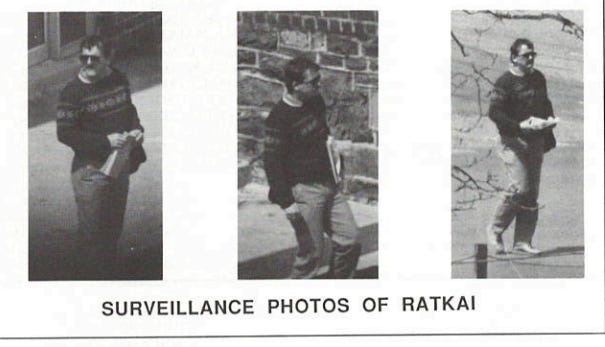When we think of Cold War espionage, images of shadowy figures in trench coats exchanging briefcases in dimly lit alleys come to mind. But the true stories are often stranger than fiction. One of these tales is that of “Operation Station Zebra,” a covert mission that unfolded at Naval Station Argentia during the height of Soviet and Western tensions.
Operation Station Zebra stands as a testament to the intricate dance of espionage during the Cold War era. This covert operation, led by U.S. Naval Officer Lt. Donna Geiger, was a collaborative effort between American and Canadian intelligence agencies aimed at dismantling Soviet espionage activities in Newfoundland, Canada.
Let’s dive into the layers of intrigue that surround this operation, exploring not only the facts but also some Reddit theories and the cultural echoes it leaves behind.
The Cold War Espionage Context
In the mid-1980s, Naval Station Argentia in Newfoundland was a hub of top-secret activities, primarily due to the installation of the Sound Surveillance System (SOSUS) [see post about T Bldg.], designed to monitor submarine movements in the Atlantic. The strategic importance of this facility made it a prime target for Soviet intelligence.
The Cold War era saw the emergence of highly sophisticated espionage networks. The Soviets, particularly through their KGB, became notorious for their infiltration and intelligence-gathering capabilities. Naval Station Argentia in Newfoundland was a key player in this global chess game, thanks to its role in the SOSUS (Sound Surveillance System) network. This top-secret system was designed to track submarine movements across the Atlantic—a technological edge in the arms race of the time.
Enter Lt. Donna Geiger: The Double Agent
Lt. Donna Geiger, a dedicated U.S. Naval Officer, was approached to serve as a double agent for the Naval Investigative Service (NIS). Tasked with infiltrating Soviet espionage operations, Lt. Geiger’s assignment began in December 1986, when she stepped aboard the Soviet “scientific research vessel” Akademik Boris Petrov, docked in St. John’s harbor. Disguising herself as a disgruntled naval officer, Geiger carried classified materials to convince the Soviets of her sincerity.
Between May 1987 and June 1988, Geiger and “Michael” held several clandestine meetings in St. John's, exchanging classified information for money. During these encounters, Geiger was tasked with providing details about the highly classified SOSUS network. Unbeknownst to “Michael”, these meetings were under surveillance by intelligence agencies.
According to available accounts, Geiger’s performance was so convincing that the Soviets quickly began to trust her. Over the course of several months, she maintained her cover, collecting intelligence on Soviet methods and passing critical information back to her superiors.
Keep reading with a 7-day free trial
Subscribe to The Newfoundland History Sleuth to keep reading this post and get 7 days of free access to the full post archives.





